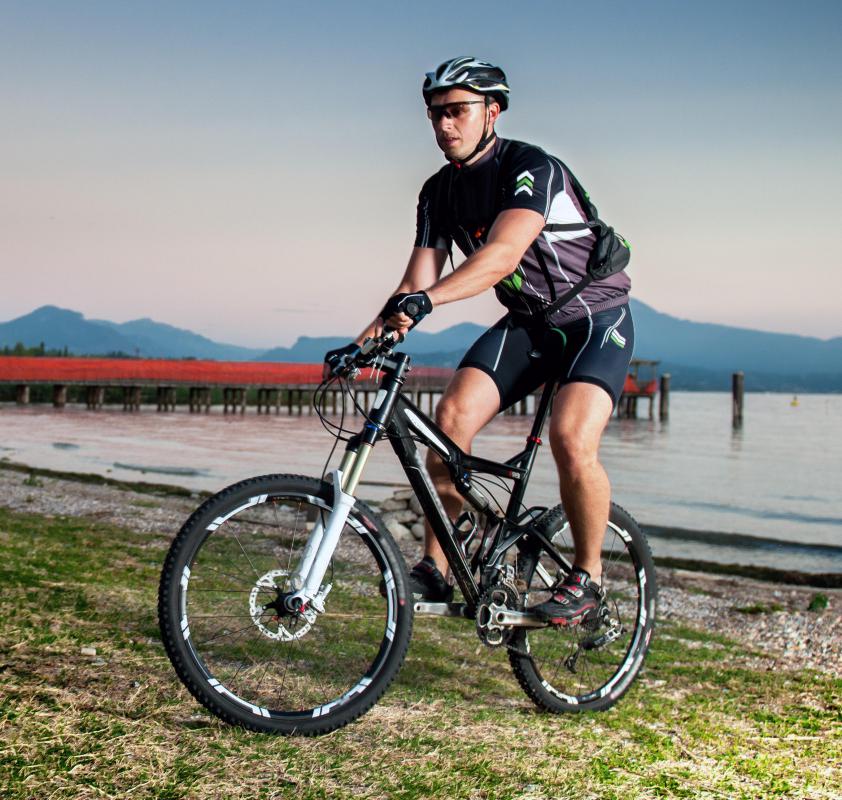At TheHealthBoard, we're committed to delivering accurate, trustworthy information. Our expert-authored content is rigorously fact-checked and sourced from credible authorities. Discover how we uphold the highest standards in providing you with reliable knowledge.
What are Saddle Sores?
In humans, saddle sores are distinctive sores which appear between the legs and on the buttocks as a result of riding a bicycle or a saddled mount such as a horse. In pack animals and mounts, saddle sores are sores which appear around the saddle and its straps as a result of poorly fitted equipment or a badly balanced load. Both are a cause for concern, as they can lead to infection and severe pain.
Friction is the cause of saddle sores. When people ride mounts like horses, donkeys, and camels, the movement back and forth across the saddle as the animal moves can turn into saddle sores. On a bicycle, shifts on the seat which cause friction can contribute to saddle sores. The problem is exacerbated if rider and saddle are not a good fit, as may happen when someone is forced to adopt a wide straddle to sit or if a saddle is too narrow for comfort.

To avoid saddle sores, people need to reduce friction. One way to do this is to use creams or powders on the legs or buttocks which will reduce chafing caused by clothing which rubs against the skin. Padding can also help, as can adjusting the saddle for a comfortable fit, and wearing appropriate gear for riding which includes pants which reduce or minimize friction. It is also important to take care of sores when they first start to appear, rather than waiting for them to become exacerbated.

Saddle sores start with chafing which leads to redness and soreness. Eventually, folliculitis and infections can develop. The abraded skin should be washed with mild soap and water, and protected from further damage with antifriction creams, powders, or gels, and padding can reduce pain and soreness while riding the next day.
In pack animals, mounts, and animals used for driving, saddle sores often happen because a saddle is a poor fit. Straps can chafe at the skin, causing abrasions which lead to sores, and the problem can grow worse when the animal is heavily laden, as the weight causes pressure. Saddle sores are sometimes difficult to identify until hair has been worn away; it helps to get into the habit of rubbing an animal down at the end of the day, noting signs of soreness and pain. Saddle sores can be prevented by making sure that tack fits properly, padding tack with liners like sheepskin and saddle pads to reduce friction, and balancing loads carefully to avoid creating hotspots of pressure which can contribute to the development of sores.
AS FEATURED ON:
AS FEATURED ON:













Discuss this Article
Post your comments